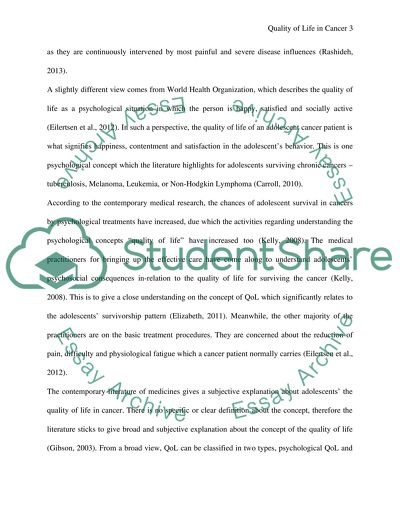Cite this document
(“Fatigue in Adolescents with Cancer Literature review”, n.d.)
Retrieved from https://studentshare.org/nursing/1404501-fatigue-in-adolescents-with-cancer
Retrieved from https://studentshare.org/nursing/1404501-fatigue-in-adolescents-with-cancer
(Fatigue in Adolescents With Cancer Literature Review)
https://studentshare.org/nursing/1404501-fatigue-in-adolescents-with-cancer.
https://studentshare.org/nursing/1404501-fatigue-in-adolescents-with-cancer.
“Fatigue in Adolescents With Cancer Literature Review”, n.d. https://studentshare.org/nursing/1404501-fatigue-in-adolescents-with-cancer.


